Curry Chronicles: A Spicy Journey Through Indian Spice Traditions (With Tasty Tips!) 🌶️🍛
Welcome to the aromatic world of Indian spices and curry! Whether you're a seasoned home cook or a spice enthusiast eager to dive deeper into global flavors, this guide promises to tantalize your taste buds. From the fiery red chilies of Andhra Pradesh to the fragrant garam masalas of Delhi, we’ll explore what makes Indian curry so special — and how you can bring that magic into your own kitchen.
Table of Contents
- A Historical Scoop on Indian Curry
- The Ultimate Indian Spice Rack: Must-Have Ingredients
- From Mild to Wild: Regional Curry Styles in India
- How to Cook Like a Pro: Tips for Using Indian Spices in Curry
- Buying Guide: Choosing the Best Indian Spices for Curry
- Spice Showdown: Comparing Key Curry Ingredients
- Final Thoughts: Embrace the Spice!
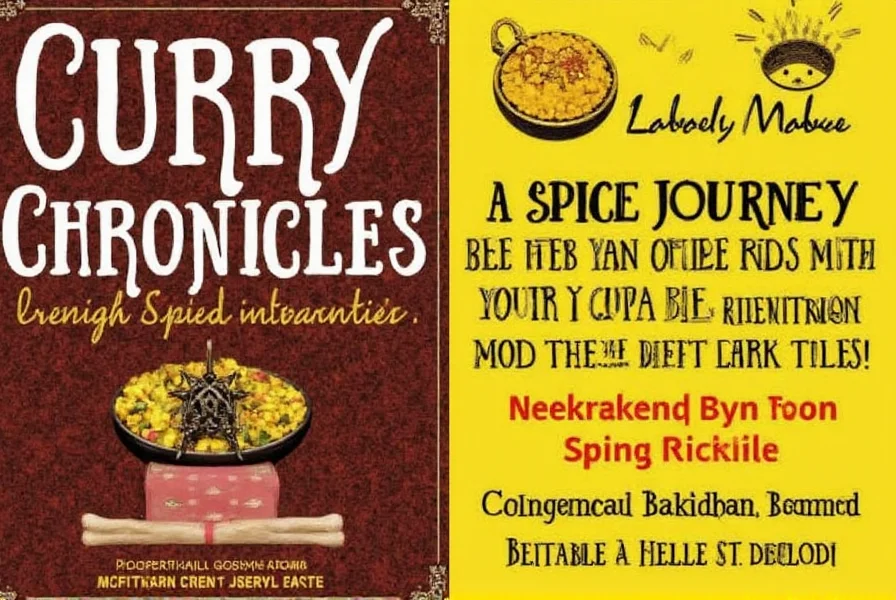
A Historical Scoop on Indian Curry
The word "curry" may not have originated from India itself — it’s believed to be derived from the Tamil word kari, meaning sauce — but the essence of Indian curry is deeply rooted in the subcontinent’s history. For thousands of years, Indian cooks have been combining local herbs and spices to create richly flavored dishes that are both medicinal and delicious.
During the colonial era, British officers brought their versions of “curry” back to England, which led to the global popularization of the term. However, in India, there is no one-size-fits-all definition of curry. Each region has its own style, influenced by climate, religion, and culture.
Quick Timeline of Curry Evolution
- 3000+ BCE: Early use of turmeric, ginger, and black pepper in Ayurvedic medicine.
- 500 BCE – 500 CE: Trade routes introduce cardamom, cloves, and cinnamon to Indian kitchens.
- 16th Century: Portuguese explorers bring chili peppers from the Americas, forever changing Indian cuisine.
- 18th–19th Centuries: British colonizers adapt Indian recipes into what becomes “Anglo-Indian” cuisine.
- Modern Day: Indian curry is celebrated worldwide as a symbol of flavor, fusion, and cultural richness.

The Ultimate Indian Spice Rack: Must-Have Ingredients
Whether you’re making a creamy korma or a spicy vindaloo, having the right spices at hand is key. Here's a list of essential spices for crafting authentic Indian curries at home.
- Turmeric: Adds color and earthy warmth; also known for anti-inflammatory properties.
- Cumin: The backbone of many Indian spice blends, offering nutty depth.
- Coriander Seeds/Powder: Sweet and citrusy; used whole or ground.
- Mustard Seeds: Used for tempering; adds a sharp, tangy kick when popped.
- Fenugreek Seeds & Powder: Bitter-sweet aroma; especially common in South Indian cooking.
- Red Chili Powder: Controls the heat level; choose Kashmiri for color or Byadgi for intense spice.
- Garam Masala: A finishing blend of warm spices like cardamom, cinnamon, and cloves.
- Cardamom: Both green and black varieties are used for sweet and savory curries alike.
- Asafoetida (Hing): A pungent resin that adds umami depth and aids digestion.
Pro Tip: Whole vs. Ground
Whole spices retain their potency longer than ground ones. Toast them gently before grinding to release maximum flavor. Invest in a small spice grinder for fresh masalas!

From Mild to Wild: Regional Curry Styles in India
One of the most fascinating aspects of Indian cuisine is its diversity. Let’s take a quick tour through some iconic regional curry styles that will expand your culinary horizons.
North India: Creamy Comfort
- Butter Chicken: Rich tomato-based gravy with butter and cream.
- Dal Makhani: Slow-cooked lentils with butter and spices.
- Kadhai Paneer: Cottage cheese cooked with bell peppers and tomatoes.
South India: Fiery Flavors
- Chettinad Chicken Curry: Packed with freshly ground spices and black pepper.
- Sambar: Tamarind-based lentil stew with vegetables.
- Prawn Curry (Meen Curry): Coconut milk-infused seafood delight from Kerala.
East India: Subtle & Spiced
- Macher Jhol (Fish Curry): Light mustard oil base with minimal spices.
- Dum Aloo: Potatoes slow-cooked in a spiced yogurt-based gravy.
West India: Bold & Tangy
- Vindaloo: Goan pork curry with vinegar and red chilies.
- Dhansak: Parsi dish blending lentils, meat, and mild spices.
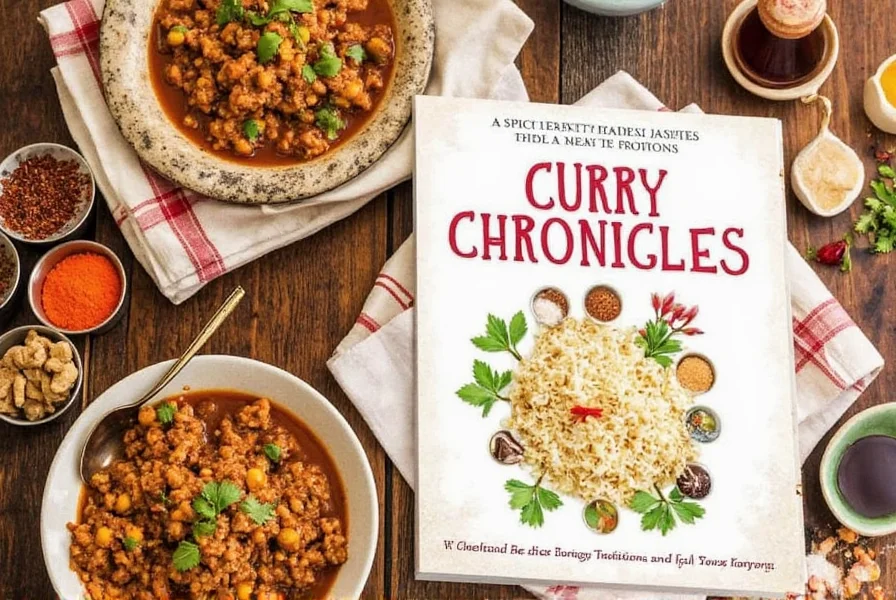
How to Cook Like a Pro: Tips for Using Indian Spices in Curry
You don’t need a degree in chemistry to master the art of Indian curry — just a few smart techniques and a bit of patience. Here are our top pro tips:
- Start with Tempering (Tadka): Heat oil or ghee, then sizzle mustard seeds, cumin, and curry leaves to unlock flavor bombs.
- Bloom the Spices: Add ground spices to the pan after onions and garlic for better flavor integration. Avoid burning them!
- Add Acid for Balance: A splash of tamarind paste, lemon juice, or amchur (dried mango powder) can balance out rich or heavy curries.
- Use Ghee for Depth: Clarified butter enhances spice flavors and adds a luxurious mouthfeel.
- Let It Rest: Curries often taste better the next day as flavors meld together.
- Layer Your Flavors: Start with aromatics, add spices, then proteins or veggies, followed by liquid bases like coconut milk or tomatoes.
- Season Generously: Indian food relies heavily on salt and spice balance. Taste and adjust throughout cooking.
Secret Ingredient Alert!
A pinch of sugar or jaggery (unrefined cane sugar) can elevate certain curries — especially those with tomato-based sauces — by balancing acidity.
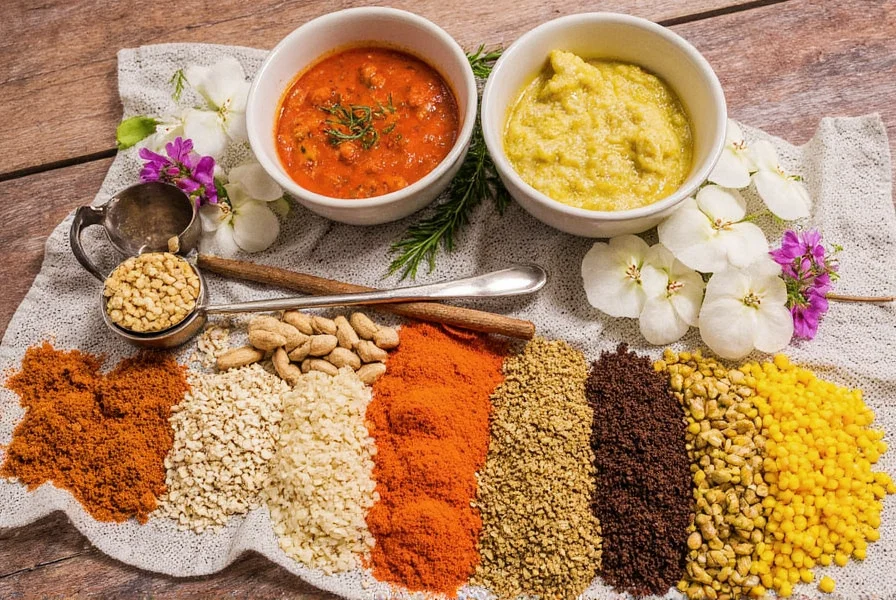
Buying Guide: Choosing the Best Indian Spices for Curry
With countless brands and blends flooding the market, selecting high-quality Indian spices can feel overwhelming. Here’s a breakdown of top picks across categories — whether you're shopping online or hitting your local grocer.
Best Overall Brands
| Brand | Features | Best For |
|---|---|---|
| MTR Spices | Trusted Indian brand; pure ingredients; easy to find globally | Everyday cooking; pantry staples |
| MDH Spices | Popular in households; affordable; vibrant colors | Home chefs looking for traditional masalas |
| Spice Garden | Natural, non-GMO, and organic-certified options | Health-conscious users |
| EarthTropics | Organic whole spices; great for DIY grinding | Cooking enthusiasts who want control over spice blends |
| Swad Organic | USDA Organic certified; premium quality | High-end kitchens and gift boxes |
Top Picks for Specific Uses
- Best Garam Masala: Everest Premium Garam Masala – rich and balanced.
- Best Chili Powder: Saffola Zylo Curry Mantra – offers consistent heat without bitterness.
- Best Whole Spices Kit: Zingerman’s Indian Spice Kit – includes all essentials in reusable containers.
- Best Curry Paste: Mamaearth Organics Curry Paste – vegan and preservative-free.
- Best Online Supplier: Amazon Ethnic Grocery or Penzeys Spices – wide variety and fast shipping.
What to Look For
- Label Reading: Check for additives like anti-caking agents or artificial coloring.
- Packaging: Opt for airtight containers to preserve freshness.
- Expiry Dates: Spices typically last 1–3 years depending on type and storage.
- Sourcing: Locally sourced or fair-trade spices support ethical farming practices.
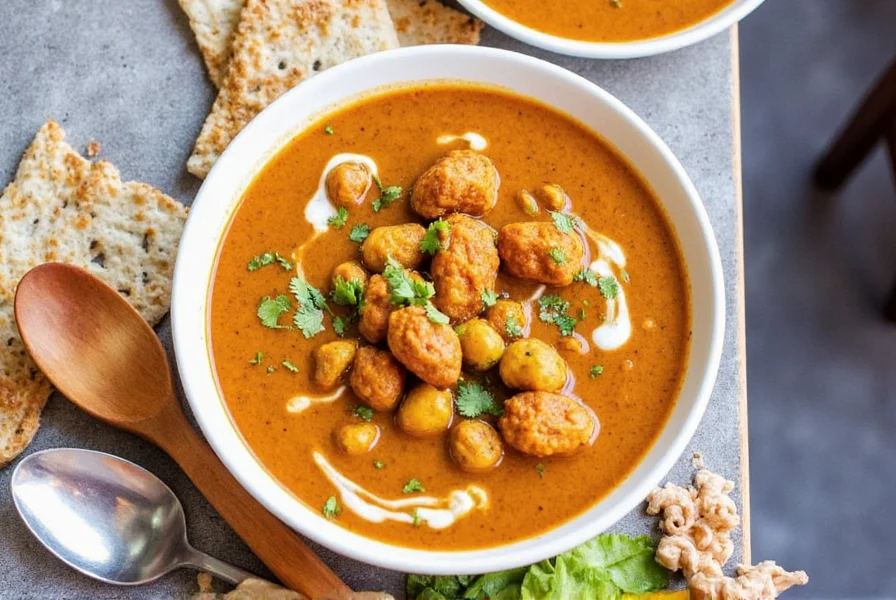
Spice Showdown: Comparing Key Curry Ingredients
To help you navigate the dizzying array of spices used in Indian curries, here’s a visual comparison chart that breaks down flavor profiles, best uses, and intensity levels.
| Spice | Flavor Profile | Best For | Heat Level |
|---|---|---|---|
| Turmeric | Earthy, slightly bitter | Golden curries, anti-inflammatory blends | Low |
| Cumin | Nutty, smoky | Base of many spice blends | Low |
| Coriander | Citrusy, floral | Vegetable and legume curries | Low |
| Red Chili | Hot, peppery | Adjusting spice level | Medium–High |
| Fenugreek | Bitter-sweet, maple-like | Dals, pickles, and South Indian curries | Low |
| Garam Masala | Warm, complex | Finishing touch in North Indian dishes | Low |
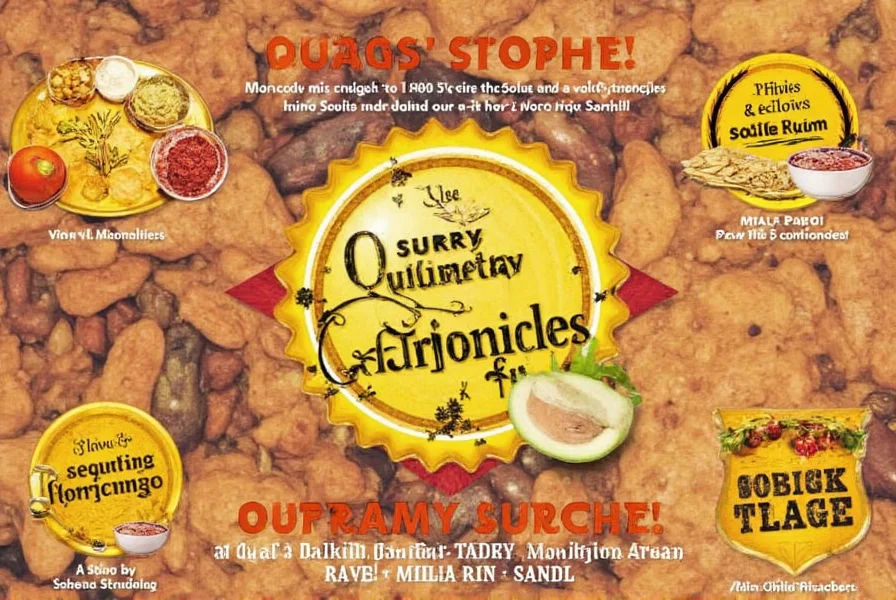
Final Thoughts: Embrace the Spice!
Indian curry isn't just a dish — it's a celebration of culture, tradition, and bold flavors. Whether you're simmering a weeknight meal or impressing guests with restaurant-style fare, the journey through Indian spices is as rewarding as the destination.
So go ahead — open that spice drawer, dust off that mortar and pestle, and let your inner chef shine. With these tips and tools, you're ready to conquer any Indian curry recipe with confidence and flair.
Stay curious, keep experimenting, and remember: when it comes to spices, more is more!
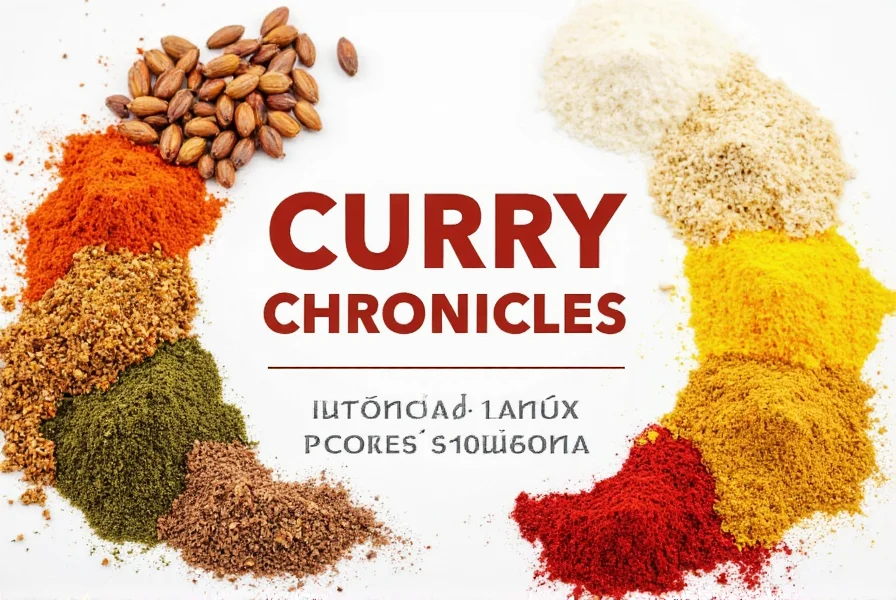

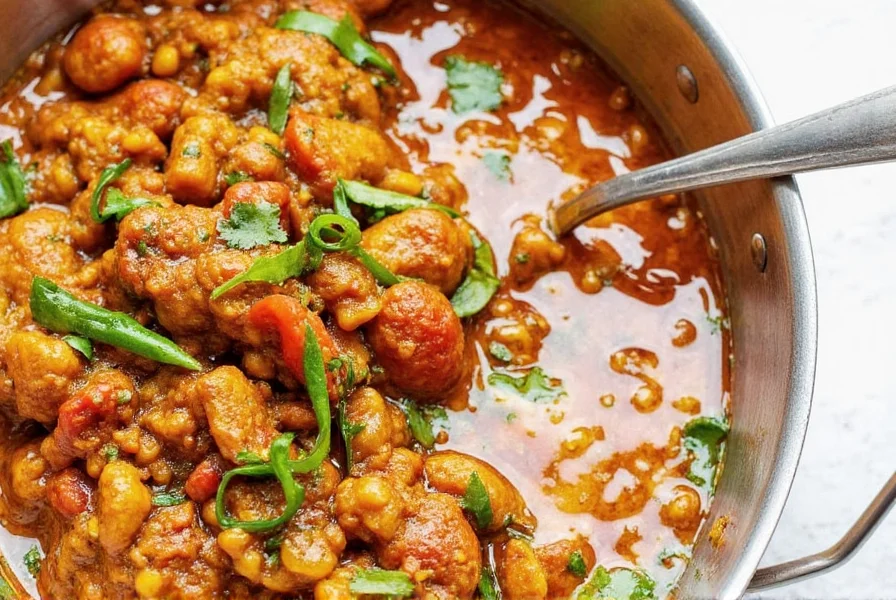









 浙公网安备
33010002000092号
浙公网安备
33010002000092号 浙B2-20120091-4
浙B2-20120091-4